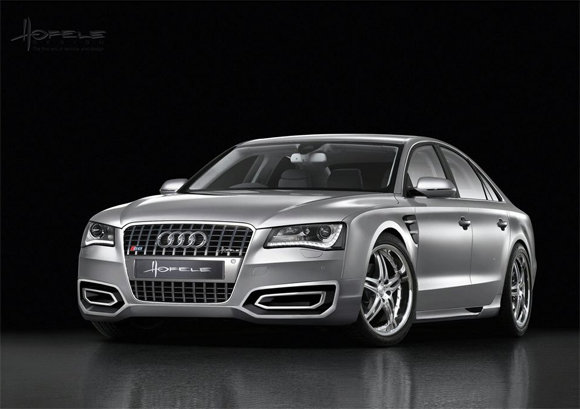
Until the mid 80’s, BMW Motorsport had produced just three models, the M1 supercar, the E12 M535i saloon and the sublime M635 CSi. But with the E30 M3, BMW were aiming for a much wider audience. The production of that one was dictated by FISA’s Group A homologation requirements that stipulated 5000 road cars had to be produced. Exceeding by far the Garching Motorsport department’s capability, M3 production consequently took place at BMW’s Munich factory.
Soon the newly born BMW M3 signaled war against the Mercedes Benz 190E 2.3/16V in the
DTM (Deutsche Touren Meisterschaft). This was a
true battle against two direct competitors only separated by a stretch of Autobahn between Swabia and Bavaria. FIA mandated that a minimum of changes should be performed, but allowed modifications to the drive train, engine and body. BMW sold easily all the 5,000 production M3’s required to enter DTM.
The M3 won many races and spread the fame of BMW’s Motorsports Division worldwide. That would be the same department that developed the M1, M5, and the V10 F1 engine, which has shown that they can beat their competitors like Mercedes, Ferrari, and Ford (Jaguar) on a regular basis. But, what does all of this mean to its road going competitors of the day, like the Lancia Delta, Ford Cosworth, and the previously mentioned Mercedes 190E 2.3/16V? It meant that from a driving standpoint this car was superior.
The power-plant for this was a high-performance 4-cylinder engine, a direct descendent of the M10 unit. The engine block had a forged crank, a four valve head and strengthened internals. It had a power output of 220 HP and a top speed of 152 mph.
The BMW E30 M3 Cabriolet was produced from 1988 to 1991 and was hand built on BMW Motorsport GmbH’s production line at Garching in Munich. Only 786 models were made.
BMW produced a total of 13 different versions of the E30 M3. Some of the models were in very limited production, and most were European models that never made it to the United States.















